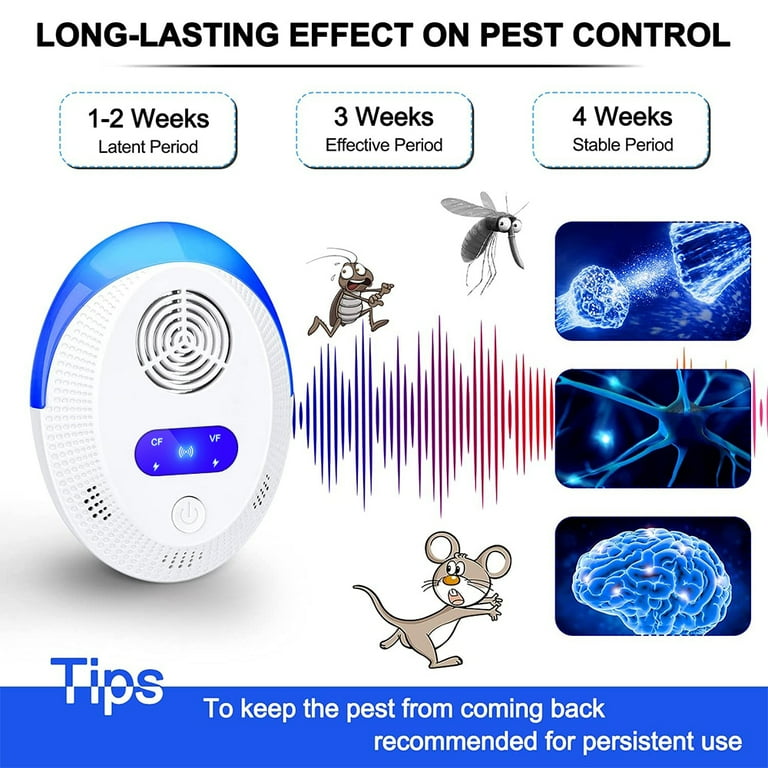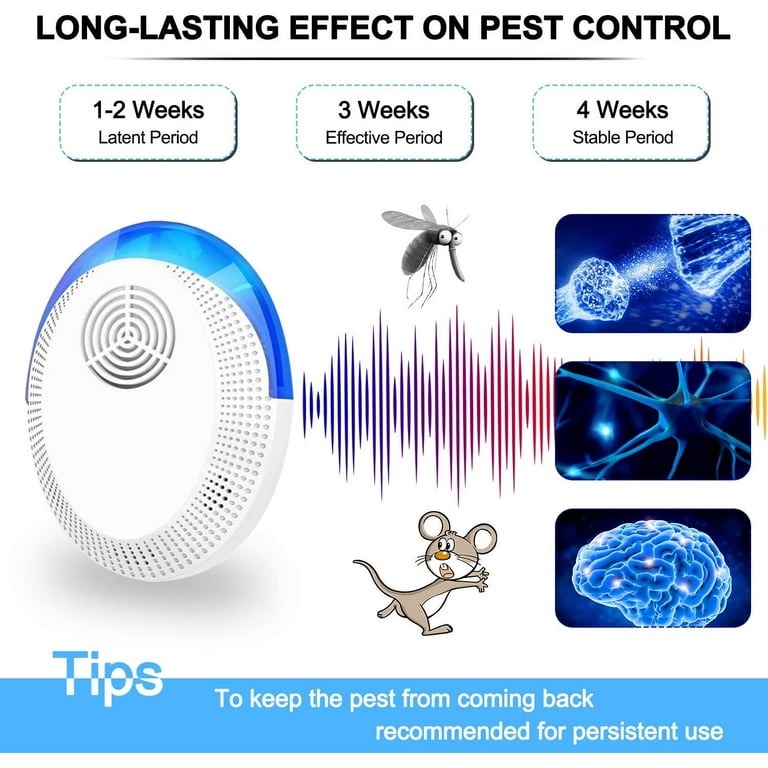The Buzz on Eco Bed Bug Exterminators Dc
Wiki Article
The Basic Principles Of Eco Bed Bug Exterminators Dc
Table of ContentsAll about Eco Bed Bug Exterminators DcNot known Facts About Eco Bed Bug Exterminators DcOur Eco Bed Bug Exterminators Dc PDFsSome Ideas on Eco Bed Bug Exterminators Dc You Need To KnowThe Ultimate Guide To Eco Bed Bug Exterminators Dc
Due to the fact that pesticides are hazardous, they are also possibly unsafe to human beings, animals, other organisms, and the atmosphere. Individuals who use pesticides or frequently come in contact with them have to recognize the family member poisoning, potential health and wellness effects, and preventative measures to decrease direct exposure to the items they use. Risk, or risk, of utilizing pesticides is the potential for injury, or the level of threat involved in utilizing a pesticide under a given collection of conditions.
However, applicators can reduce or almost remove direct exposure-- and therefore lower threat-- by following the tag instructions, making use of individual safety clothes and tools (PPE), and managing the chemical effectively. More than 95 percent of all pesticide exposures come from dermal exposure, mostly to the hands and lower arms. By using a set of unlined, chemical-resistant handwear covers, this type of direct exposure can be virtually removed.
The harmful effects that occur from a solitary exposure by any course of entrance are termed "intense effects." The four routes of direct exposure are facial (skin), inhalation (lungs), oral (mouth), and the eyes. Acute poisoning is figured out by analyzing the facial poisoning, inhalation toxicity, and oral poisoning of guinea pig.
Fascination About Eco Bed Bug Exterminators Dc
Intense toxicity is gauged as the amount or focus of a toxicant-- the a.i.-- called for to eliminate 50 percent of the animals in a test populace. This measure is generally shared as the LD50 (deadly dose 50) or the LC50 (dangerous focus 50). Furthermore, the LD50 and LC50 values are based upon a solitary dose and are recorded in milligrams of chemical per kilogram of body weight (mg/kg) of the examination animal or partly per million (ppm).The lower the LD50 or LC50 value of a chemical item, the better its poisoning to people and animals. Pesticides with a high LD50 are the least harmful to humans if made use of according to the directions on the product tag. The chronic toxicity of a chemical is figured out by subjecting examination pets to lasting exposure to the active ingredient.
The persistent poisoning of a chemical is harder than acute poisoning to identify via lab analysis. Products are classified on the basis of their relative intense poisoning (their LD50 or LC50 values). Chemicals that are categorized as highly hazardous (Poisoning Group I) on the basis of either oral, dermal, or inhalation toxicity must have the signal words risk and POISON published in red with a skull and crossbones icon prominently displayed on the front panel of the plan tag.
The acute (solitary dose) dental LD50 for pesticide items in this group varies from a trace amount to 50 mg/kg. For instance, direct exposure of a couple of drops of a product taken orally might be fatal to a 150-pound person. Some chemical products have simply the signal word risk, which informs you absolutely nothing concerning the intense poisoning, just that the item can trigger severe eye damage or severe skin irritation
Fascination About Eco Bed Bug Exterminators Dc
In this category, the severe oral LD50 arrays from 50 to 500 mg/kg. A teaspoon to an ounce of this material could be fatal to a 150-pound individual (bed bug treatment). Chemical items classified as either somewhat harmful or relatively harmless (Toxicity Groups III and IV) are called for to have the signal word care on the chemical label
All chemical toxicity worths, consisting of the LD50, can be found on the product's Material Safety and security Data Sheet (MSDS) - pest control Washington DC. Chemical tags and MSDS can be gotten from sellers or produces. In addition, a lot of items likewise have details that can be found on the net. The symptoms of pesticide poisoning can range from a light skin irritability to coma or even death.
Because of possible health and wellness issues, chemical individuals and trainers should recognize the common signs and signs and symptoms of chemical poisoning. The results, or symptoms, of chemical poisoning can be generally defined as either topical or systemic.
The Best Guide To Eco Bed Bug Exterminators Dc
Dermatitis, or swelling of the skin, is accepted as the most typically reported topical result linked with pesticide direct exposure. Some individuals often tend to cough, hiss, or sneeze when subjected to chemical sprays.
This symptom generally subsides within a few minutes after an individual is eliminated from the direct exposure to the toxic irritant. However, a response to a chemical product that causes somebody not only to sneeze and cough yet additionally to create serious intense respiratory symptoms is more probable to be a true hypersensitivity or sensitive response.
Systemic effects are rather different from topical results. They often take place away from the initial point of call as an outcome of the pesticide being absorbed into and dispersed throughout the body. Systemic effects often consist of queasiness, throwing up, fatigue, headache, and intestinal tract conditions. In innovative poisoning cases, the person may experience changes in heart rate, difficulty breathing, convulsions, and coma, which might cause death.
Report this wiki page